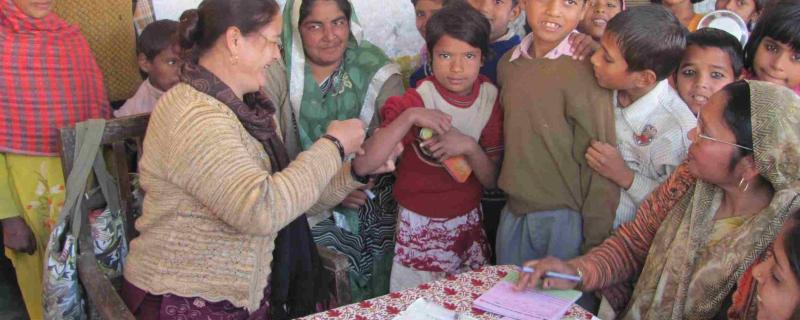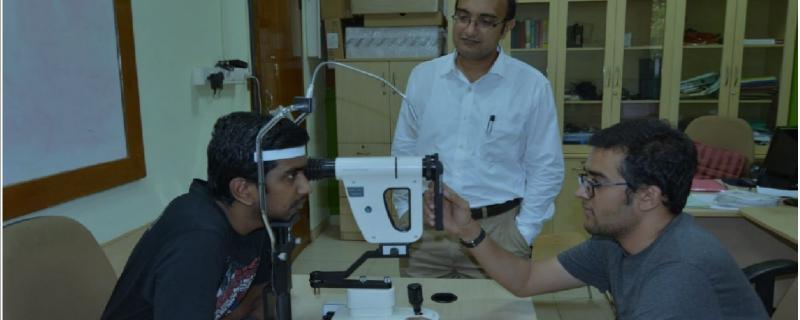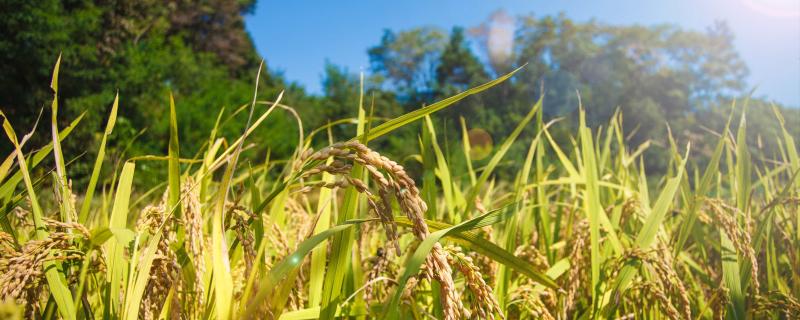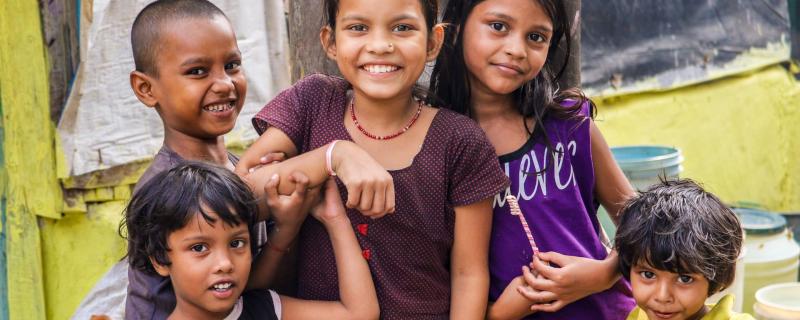भारतीय प्रौद्योगिकी संस्थान मुंबई के शोध अध्ययन के अनुसार बढ़ता शहरीकरण और बढ़ती कृषि, वर्षा जल अपवाह और मिट्टी के संचलन को बदलती है
Archives
As kids we were fascinated seeing magnets and its property of attracting iron towards it. We always had these questions in our mind - Why does iron get attracted by the magnet, unlike other materials such as wood or plastic? What is so strange about iron? To find the answer, we have to understand a bit about magnetic properties of materials.
Researchers from the University of Toronto, Canada, King George’s Medical University, Lucknow, the Ministry of Health and Family Welfare, Post Graduate Institute of Medical Education and Research, Chandigarh, and the Indian Council of Medical Research have analysed the impact of the national measles immunisation campaign in India.
This week, from the 10th to the 16th of March, is observed as the World Glaucoma Week globally, to spread awareness of glaucoma—a group of eye conditions that damage the optic nerve and lead to total blindness if left untreated.
दक्षिण एशिया, विशेष रूप से भारत, दुनिया में 'चीनी केंद्र' के नाम से जाना जाने लगा है। यह गन्ना पैदा करने की वजह से नहीं है बल्कि टाइप 2 मधुमेह से पीड़ित व्यक्तियों की बढ़ती संख्या के कारण है- एक ऐसी बीमारी जिसमें या तो पैंक्रियास पर्याप्त इंसुलिन का उत्पादन नहीं करता या शरीर की कोशिकाएँ उत्पादित इंसुलिन का उपयोग नहीं कर पातीं । यह एक ऐसी बीमारी है जो अगर सही समय पर ध
Tiny RNA lost during domestication created robust rice varieties, shows study by NCBS, Bengaluru.
Researchers from the USA, Australia and Canada identified some of the ‘hotspots’ and ‘coolspots’ of human activities in the world and analysed the impact of these activities on threatened and near-threatened wildlife.
जगभरातील संशोधक शहरीकरणामुळे जैवविविधतेवर होणार्या दुष्प्रभावाबाबत लेख लिहित असतानाच असे लक्षात आले आहे की या शहरीकरणाच्या विळख्यातून पक्षी देखील सुटलेले नाहीत.
Researchers from the International Food Policy Research Institute, University of Washington, USA, and Oklahoma State University, USA, have reported the economic losses and associated health risk caused by stubble burning in some parts of north India.
Today’s world has more adolescents—children in the age group of 10-24 years—than ever in history. Of the 1.8 billion adolescents, a third of them, or 622 million, live in India and China. With this fraction of people growing up to be future citizens, are we doing enough to have their needs met?

![Photo : The Netravati River by Arjuncm3 [CC BY-SA 3.0 ], from Wikimedia Commons](/sites/researchmatters/files/styles/large_front_800x320/public/main_17.jpg?itok=Vk39Te_k)








